OptiSystem Publication References – 2014

2014 listing of scientific papers, technical journals, periodicals, and conference publications which reference the use of OptiSystem
Matlab Binary Switch
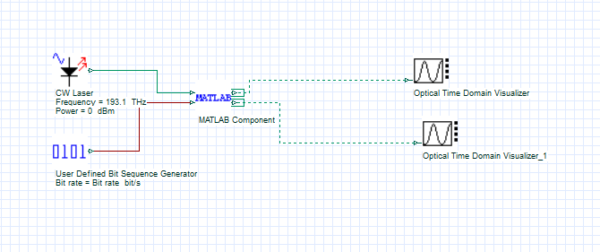
These video tutorials will explain the protocol for setting up the MATLAB component in OptiSystem, by demonstrating a simple binary switch.
OptiSystem Overview Video

OptiSystem 14 includes several enhancements including a new C++ co-simulation component, updates to our multimode component portfolio (to better support the analysis of spatial mode multiplexed systems), the addition of star and circular QAM constellations for coherent transmission systems, and improvements to our transmitter and receiver component portfolios.
OptiSystem – Getting Started

The OptiSystem ‘Getting Started’ document is now available for download.
Lesson 1: Transmitter — External Modulated Laser
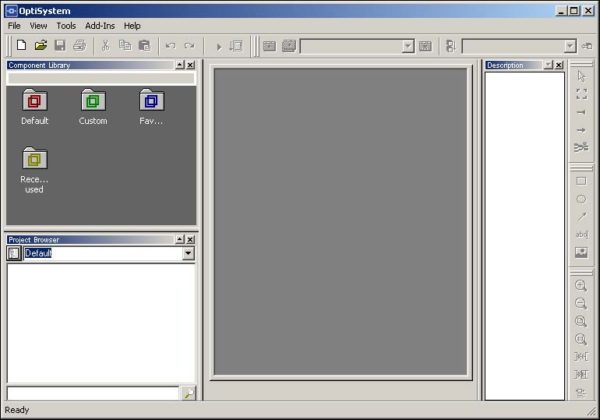
This lesson describes how to create a transmitter using an external modulated laser. You will become familiar with the Component Library, the Main layout, component parameters, and visualizers. To start OptiSystem, perform the following procedure: Starting OptiSystem Figure 1: OptiSystem graphical user interface Main parts of the GUI The OptiSystem GUI contains the following main…
Lesson 2: Subsystems — Hierarchical Simulation
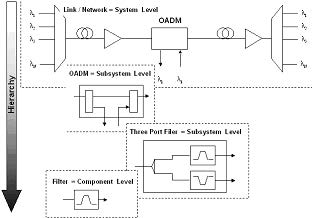
A subsystem is like a component — it has an icon, parameters, and input and output ports. You build a subsystem using a group of components or other subsystems. You can easily create a subsystem by grouping selected components in the layout (see Figure 1). Subsystems help you to create your own components based on…
Lesson 3: Optical Systems — WDM Design
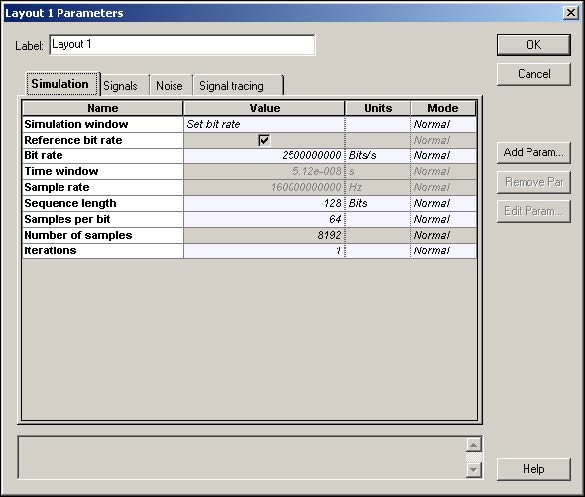
This lesson describes how to simulate a WDM system with 8 channels. You will become familiar with the Component Library, parameter groups, and visualizers such as the BER Analyzer. Global parameters For this simulation we will use default parameters for the Bit rate, Bit sequence length, and Sample rate. Viewing the global parameters To view…
Lesson 4: Parameter Sweeps — BER x Input Power
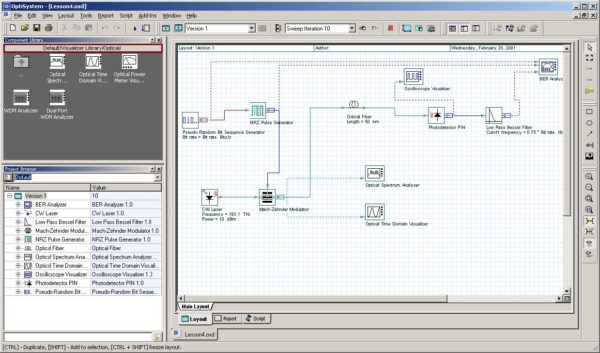
This lesson describes how to combine the results from the BER/Eye Analyzer with the signal input power using parameter sweeps. You will become familiar with parameter sweeps, graph builder, results, graphs, and views. The first three procedures describe how to iterate the Power parameter for the CW Laser component. Opening the sample file Use the…
Lesson 5: Bidirectional Simulation — Working with Multiple Iterations

Besides the typical global simulation parameters of OptiSystem, such as Bit rate, Samples per bit and Sequence length, there are two additional parameters that are very important when designing bidirectional systems or systems with closed loops, such as ring networks. These parameters are Iterations Initial delay Iterations force a component to calculate again until it…
Lesson 6: Time-Driven Simulation — Working with Individual Samples
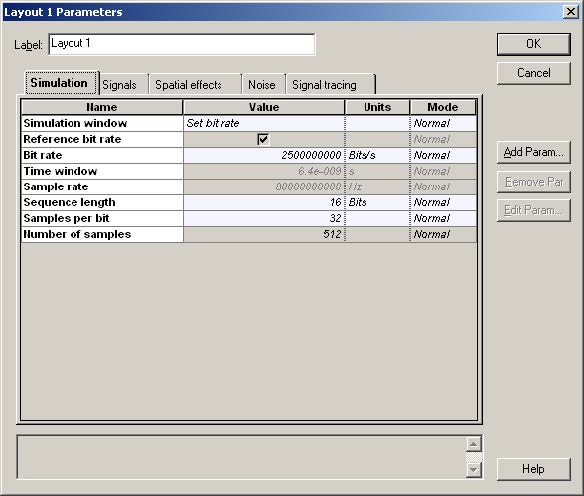
One of the main features of OptiSystem is the mixed signal representation. Individual sample is a signal type that allows the users to simulate time-driven systems in the electrical and optical domain. By using time-driven simulation, users can create designs that have closed loops and feedbacks. Additionally, the optical individual sample allow for simulation of…
Lesson 7: Optical Amplifiers — Designing Optical Fiber Amplifiers and Fiber Lasers
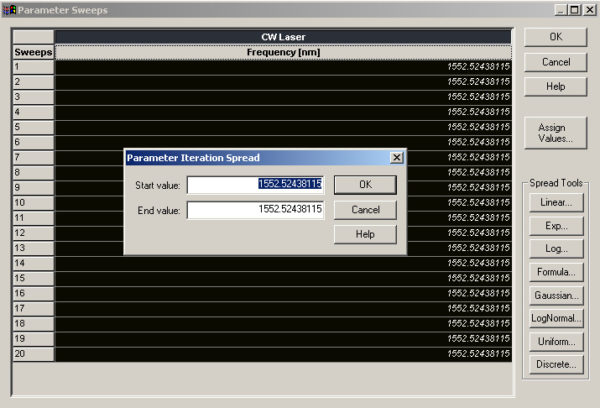
OptiSystem allows the design and simulation of optical fiber amplifiers and fiber lasers. The projects presented here are available under OptiSystem installation folder samples\Optical amplifiers. This tutorial will describe part of the library of optical amplifiers. There are four categories of components in the library: EDFA Raman SOA Waveguide amplifiers The EDFA folder contains the…
Lesson 8: Optical Systems — Working With Multimode Components
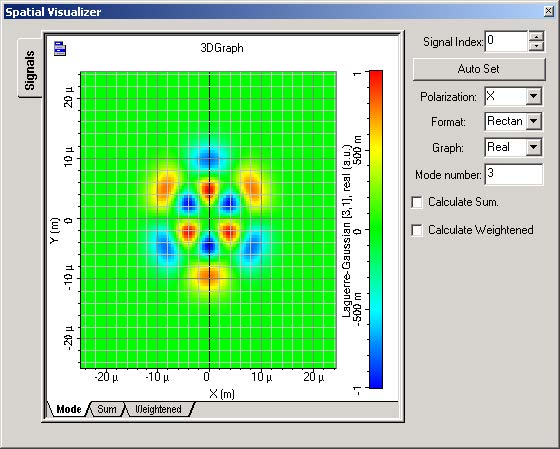
The multimode component library of OptiSystem allows for simulation of links with multimode signals. The projects presented here are available under OptiSystem installation folder Samples/Multimode. The first part of this tutorial will describe the library of spatial optical sources and transmitters. These components have the ability to include transverse mode profiles in the optical signals.…
Optical Transmitters
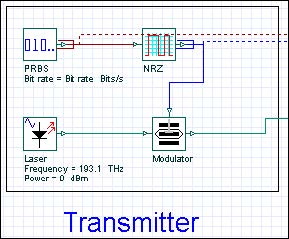
The role of the optical transmitter is to: convert the electrical signal into optical form, and launch the resulting optical signal into the optical fiber. The optical transmitter consists of the following components: optical source electrical pulse generator optical modulator (see Figure 1). The launched power is an important design parameter, as indicates how much…
LED Modulation Response
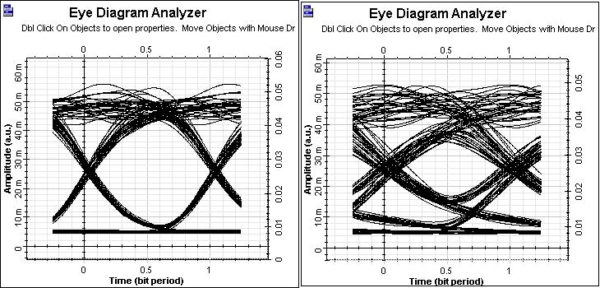
The frequency response of an LED is determined by the carrier dynamics (and therefore is limited by the carrier lifetime Tn) and the parasitic capacitance of the LED (described by the RC constant TRC[2]. If a small, constant forward bias is applied, the influence of the parasitic capacitance of the LED can be neglected. The…
Semiconductor Laser Modulation Response
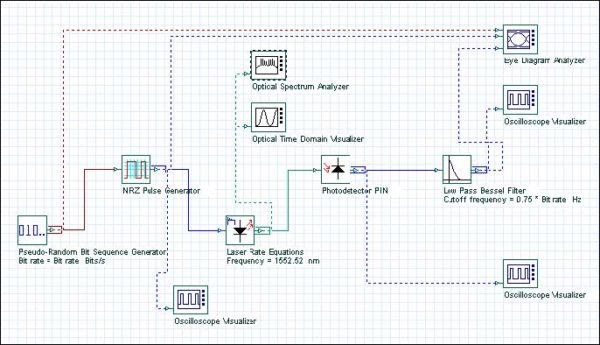
When using a directly modulated laser for high-speed transmission systems, the modulation frequency can be no larger than the frequency of the relaxation oscillations. The relaxation oscillation depends on both carrier lifetime and photon lifetime. The approximate expression of this dependence is given by: The relaxation oscillation frequency increases with the laser bias current. In…

